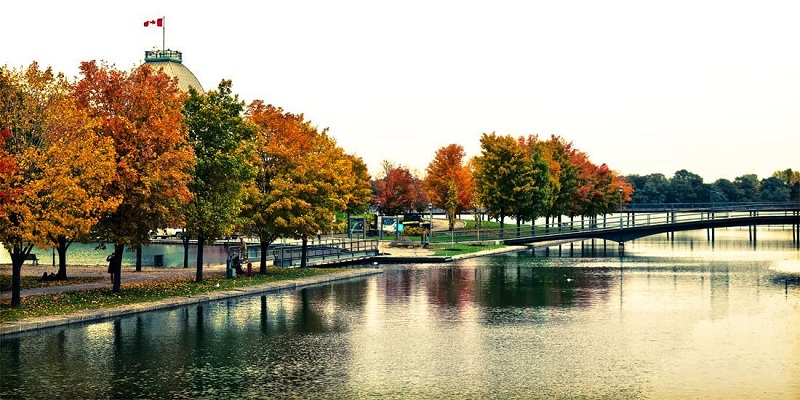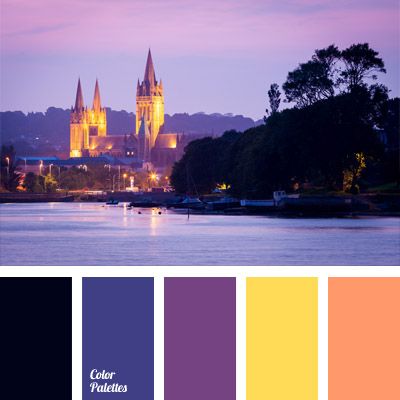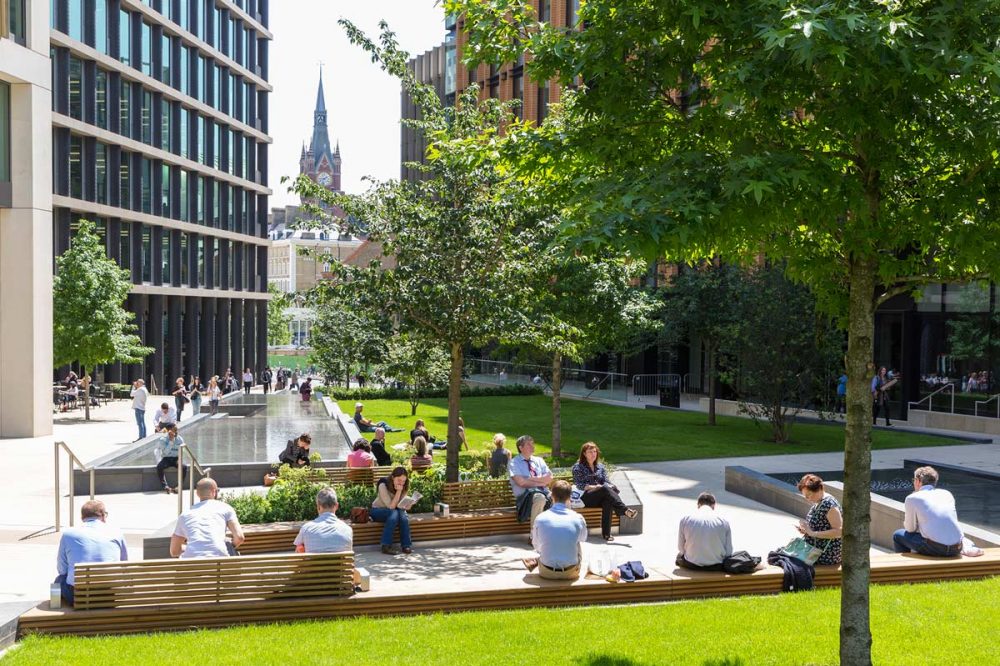Impact of Colors in Landscape Architecture

Most of the time, urban environment is made up of high carbon foot print and urban heat island effects which leads to high level of outdoor temperature in day time and dust and noise also in high level, in terms of that total environment pollution level also in high situation. Urban landscapes need more diversity and greener niche spaces to mitigate environmental issues, so we have to examine colour impacts in this context. In the case of colour applications, this paper analyzes one of these colour impacts in landscape architecture in urban context. And especially integration into the landscape based on colour both psychological and physiological aspects in urban contexts, the method uses colour scheme recording in urban landscapes and photographic analysis of the pertinent attributes.
The landscape in urban areas is consisting of vertical and horizontal development. We can analyze the visual elements in terms of both situation and colour properties that define them. The subject of this paper is defined by its hue, saturation and lightness. Tables are to study the relationship between colours and landscape.
In studying about landscape architecture’s colour usage, both colour physiology and colour psychology have to be understood. In terms of that, we can discuss colour categorizations such as warm colours, cool colours , colour weight, colour proportion, colour harmonizing and colour meanings.


During the landscape material selection, we are focusing on matching colours and changing composition based on colour brightness and arranging more variety based on functionality of the species. According to light and heat reflection and absorption, colours have a relationship in selecting materials to the urban landscape.
In further detail, we need to find out the landscape colour changes in relation to climatic and weather conditions. During seasonal changes, gardens are having different moods by colour change. Landscape material colours can be changed according to the zones such as dry zone, wet zone, intermediate zone and coastal zone. Each zonal landscape used material’s colour combination creates different feelings. By these colour changes, bio diversity and thermal effects can be controlled in surrounding area.
